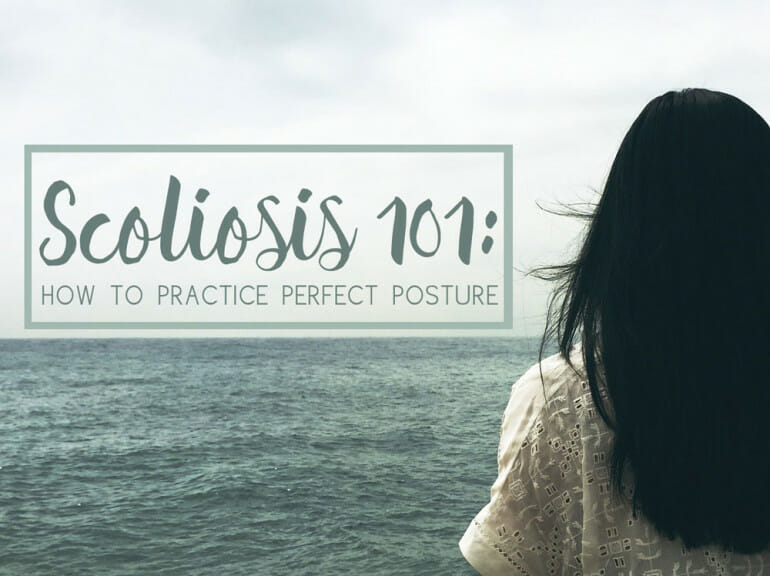Scoliosis is a term used to describe any abnormal, sideways curvature of the spine. It is a common deformity of the spine that affects 1 in 40 people, within all age groups. However, screening for the condition begins in grade schools throughout California due to its onset occurring between the ages of 10 and 15 years, when the body is still growing. According to research, it is estimated that 30,000 children are fitted for a brace annually and more than 100,000 children and adults undergo surgery for scoliosis in the United States.
Viewed from the back, a typical spine is straight. With scoliosis, the spine can curve in one of three ways:
- The spine can curve to the left, shaped like the letter “C”
- The spine can curve to the right, shaped like a backwards letter “C”
- The spine has two curves, shaped like the letter “S”
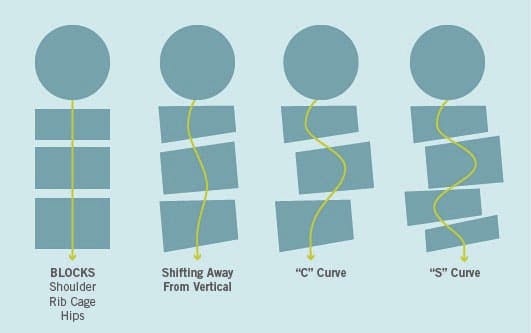
The spine can be considered as building blocks, similar to the figure above.
The long side of the block represents lengthening (stretching) of your muscles. The short end of the block illustrates shortening (contracting) of your muscles.
Both extremes affect your ability to use your back muscles appropriately for posture and functional activities. Therefore, it is important to attain and maintain a straight spine in order for your muscles to be used at their full functional level.
To do so, you must become more aware of your body, especially your spine, in order to use self-correction to change your spine’s position during daily activities.
Your spine is strong and stable when you practice healthy posture. But when you stoop or slouch, your muscles and ligaments struggle to keep your body upright and balanced. Poor posture can stress or pull muscles, which may lead to pain. It is important that you practice and maintain good posture throughout the day. Although good posture should be natural, you might feel stiff and awkward at first. The key is to practice good posture all the time!
Good Standing Posture
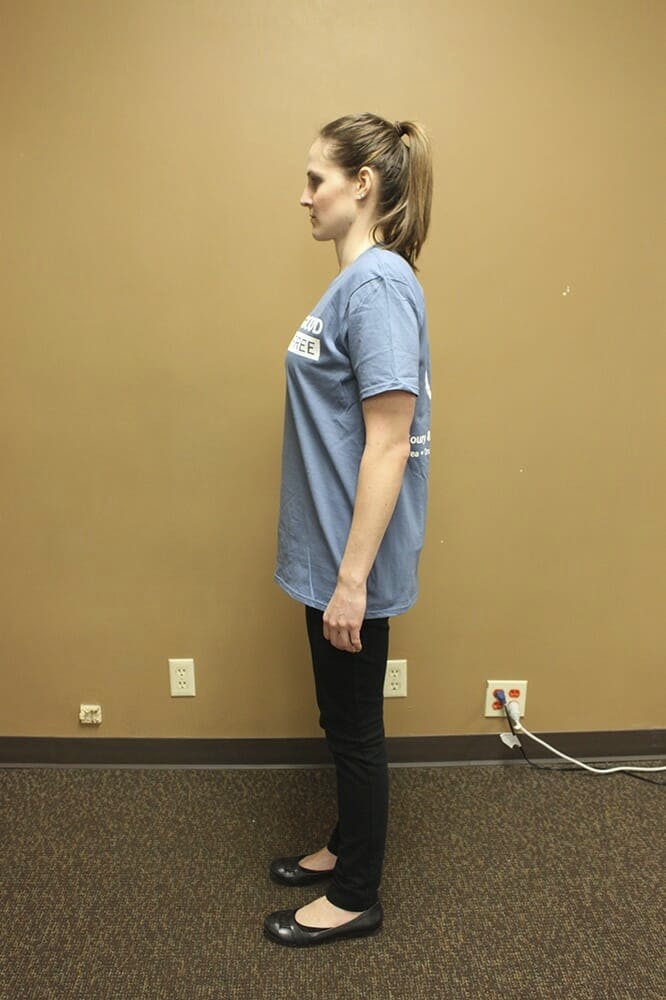
Bad Standing Posture

Lumbar Lordosis
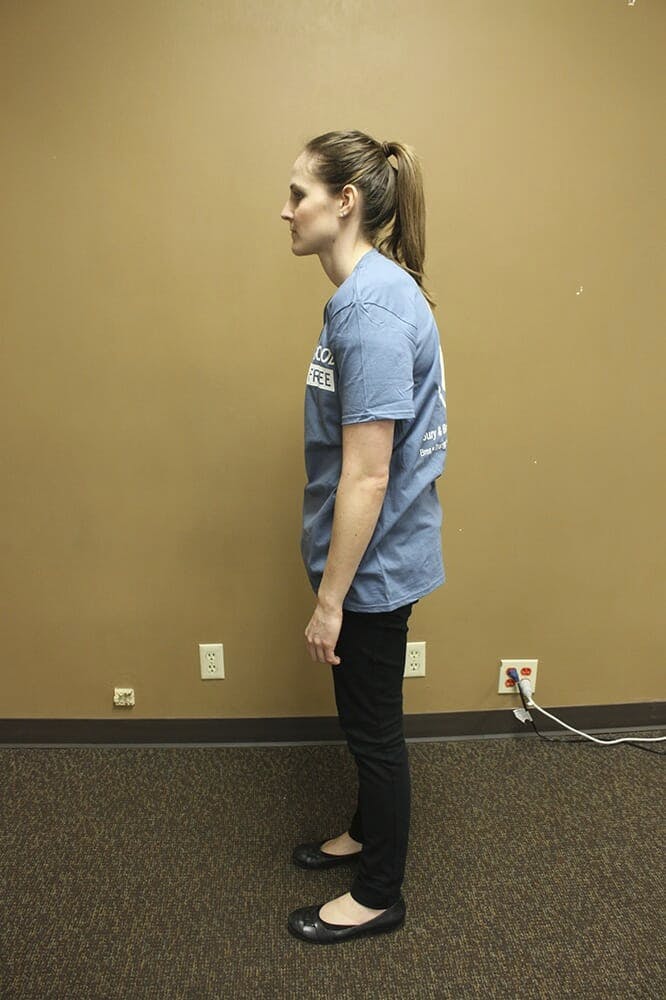
Thoracic Kyphosis
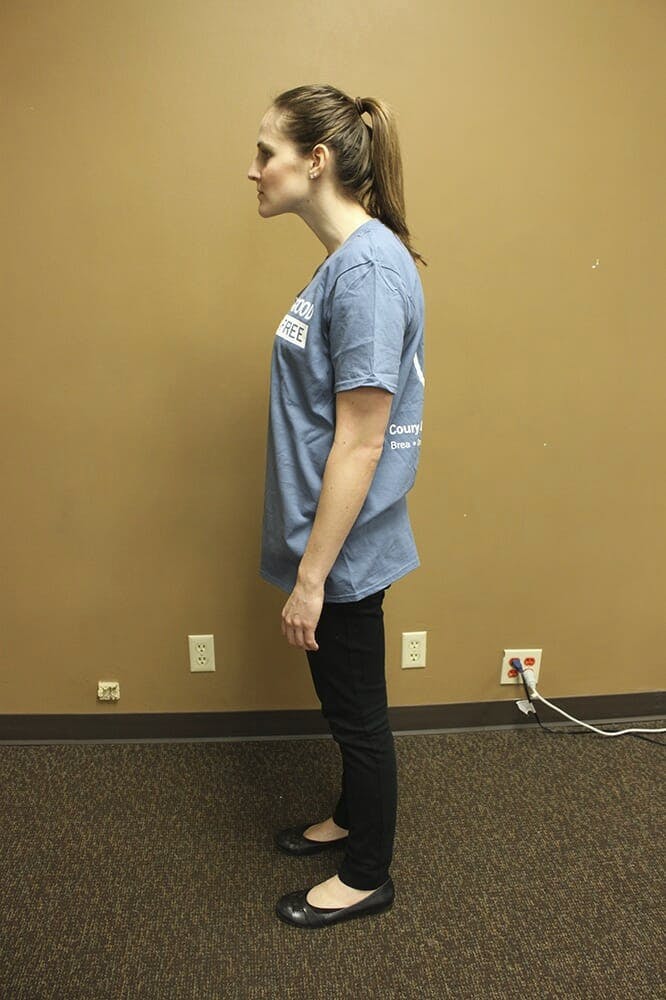
Forward Head
Good Sitting Posture
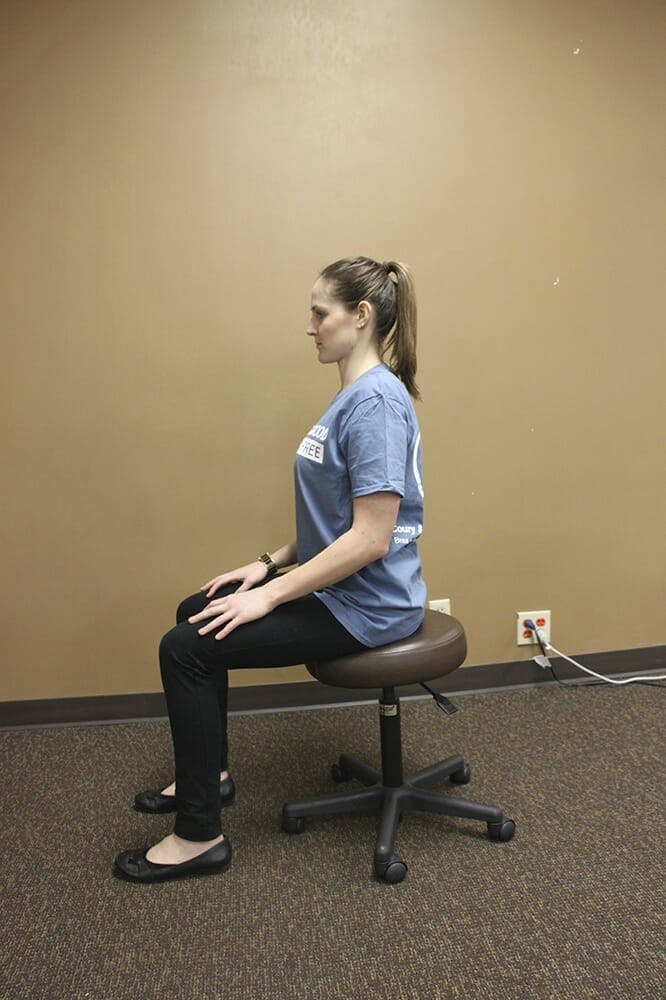
Ear Over Shoulder and Back Straight
Bad Sitting Posture

Slouching and Rounded Hips
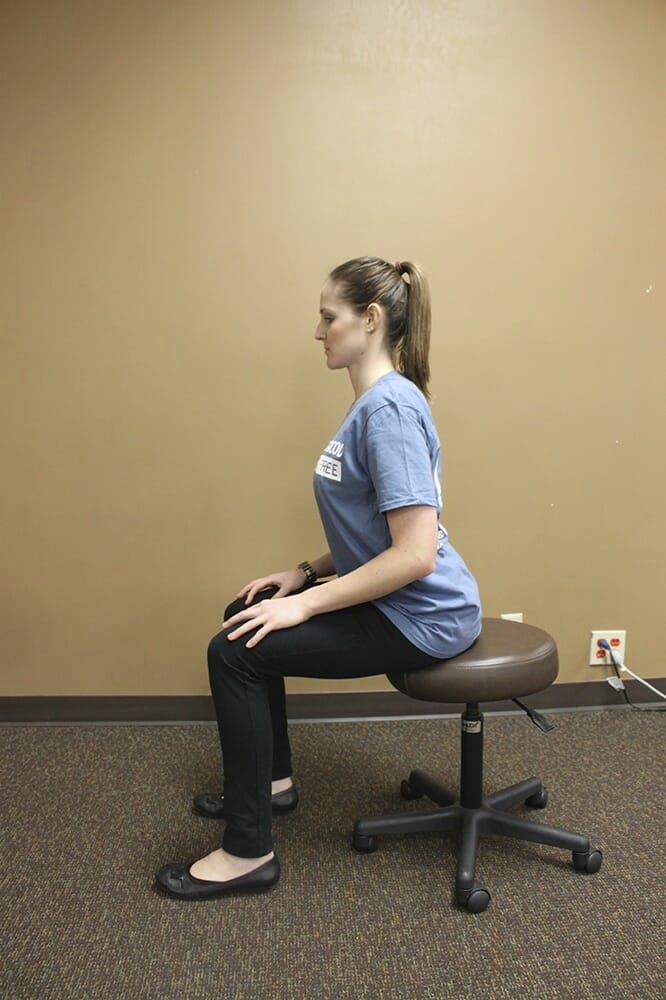
Arching Back and Sticking Out Chest
Early Indications
A spinal curve develops over time, therefore the gradual changes may be difficult to identify. However, possible indications of scoliosis can be but are not limited to the following:
- Uneven shoulders
- Asymmetrical ribcage
- Prominent shoulder blade or hip
- Leaning to one side

